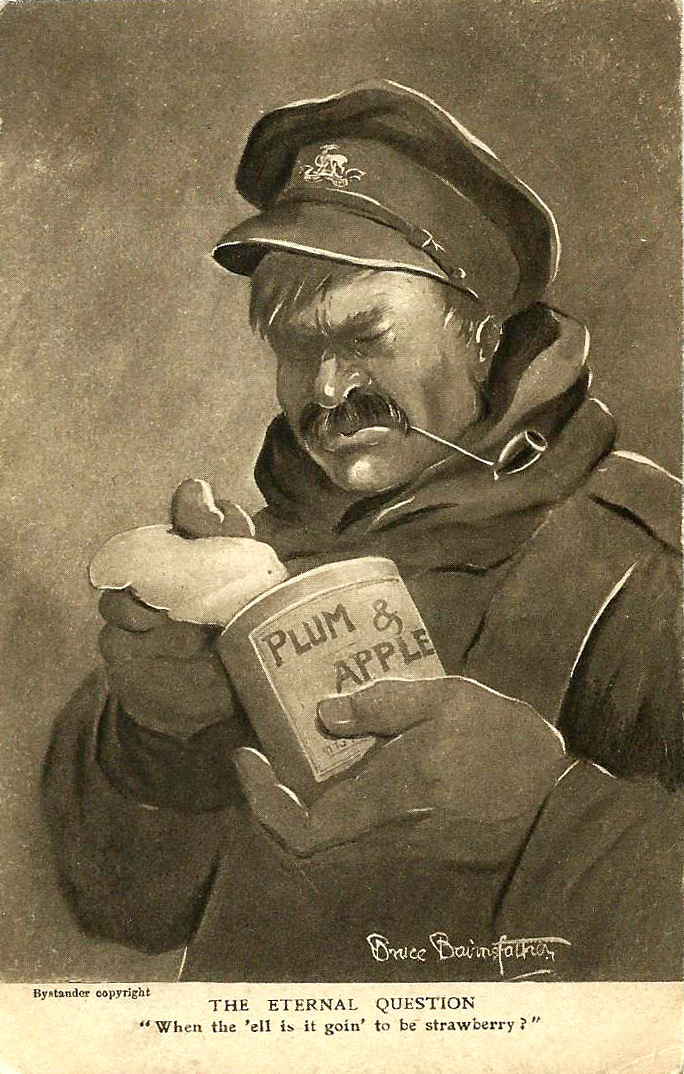Someone mentioned a book on Twitter a while back, which had the intriguing title 'How the Pershore plum won the Great War'. My interest was piqued because I was brought up in Malvern, not so far from Pershore, and because in my grandad's garden there was a Pershore egg plum tree. The fruit aren't to everyone's taste, being a culinary plum in general, but I rather liked them.
To be honest, there isn't that much directly about plums in the book; it is a social history of a small town during the time of the Great War, with plums running as a thread through its pages. The social history is told through chapters on topics such as growing food for Britain in the smallholdings around Pershore, and how women were taken on to work on the land as men went away to fight.
Some of the newspaper stories included within the book seem so current in their ways of reporting. Widely reported was a story about German prisoners of war spoiling the potato crop by rubbing out the eyes on potatoes as they planted them. If you're aware of recent examples of the current British press writing lies about refugees, then you'll be unsurprised to hear that the German PoW story was completely fabricated by two journalists. The difference being that the journalists in this case were prosecuted and fined.
Of course, plums do get covered. Chapters explore how jam manufactories and farming cooperatives sprung up in the area. The Pershore plums were sought after during the war for jam, although strawberry jam was always preferred by the troops:

Source
The vignettes of wartime life are of the greatest interest, from drunken fruit pickers, to deaths on the Front, from assertions that women cannot milk cows, to the setting-up of the WI. Small stories wrought large in a small town. Pershore plums may not have made the most wished-for jam for the men on the Front but they played their role. Hurrah for the Pershore plums.

